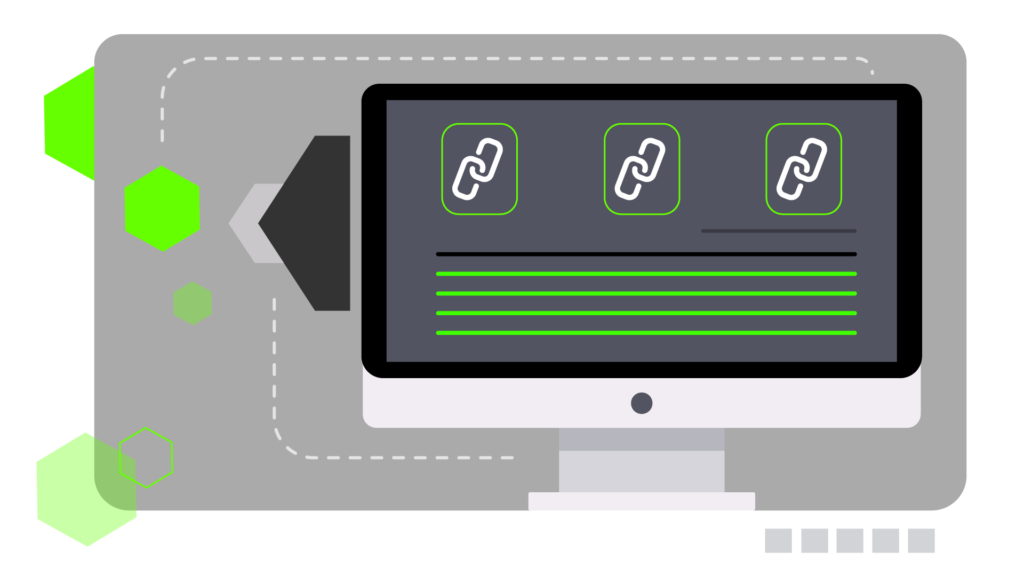External Linking

External linking is a basic part of external SEO site optimization. The number and quality of external citations of content published on the promoted site is the most influential factor in ranking and determining the relevance of a resource in search engines. However, the final efficiency largely depends on the competent approach to linking. You need to carefully approach the selection of donor resources, choose the right pages from which and to which the link will lead.
- To transfer weight. Links can transfer link juice to another weaker resource, increasing its own weight and authority.
- To increase traffic. Even if the site was created relatively recently or has a narrowly focused specific topic, competent linking between pages will ensure a sufficient flow of visitors.
- To speed up the indexing process. SEO specialists use linking to speed up indexing since search bots regularly follow links and place pages in search results.
- To promote by keywords. Linking allows you to quickly find information with help of key phrases and links added next to them.
Types of external links
There are several ways to classify external links. The most common is to divide them into four categories:
- Nofollow links do not pass link juice to the page they link to. Such links may be considered untrusted or simply contain an advertisement or paid placement. They can help to avoid some of Google’s overuse penalties since they are not counted by search engine crawlers, but it also means that they do not affect website promotion.
- Dofollow links pass their juice to the page they link to. And as they are crawled by the search engine bots to register linked sites, they can either improve resource ranking in the search engine results and lower it.
- Sponsored links indicate to search engines a commercial intent behind the link. This type of linking is mostly used in affiliate marketing and also belongs primarily to no-follow.
- UGC links are for user-generated content and also refer to no-follow links. Blog comments, which include links, for example, are mostly UGC links.
How to set up external linking?
In order to achieve high results in promotion, the following linking rules must be observed.
- Prevent link weight depreciation by running linking in a circle.
- Keywords in the text surrounding the link (anchor), demonstrate and provide greater efficiency in comparison with the “naked” link.
- External links must not come from the promoted pages.
- At the same time, links from other sources should be provided to such pages to transfer the link juice in the right direction.
You can improve the efficiency of linking if the context includes a keyword. The latter, as a source of information, reflects the thematic focus of the promoted resource, which attracts the attention of search engines, increases the likelihood of a high-quality and higher ranking of the site.
How many external links to use?
The research showed that external links are useless if there are one or two of them on a long page. On the other hand, an excess of inbound links will make search engines suspect you of attempting to trick the system. Thus, the most optimal ratio is one external link for every 400 or 500 words.
The bottom line is, not to go overboard with links. When referring to favorite websites or bloggers, it is essential to make sure that only relevant and credible information is provided.
External linking efficiency criteria
To achieve the best efficiency in using external links, one should adhere to the following aspects:
- use the URL of the page that will be promoted;
- the link must be “active”;
- combine links with and without anchors, giving priority to the latter, since they have the most natural look;
- relevance compliance with donor and acceptor.